Resources
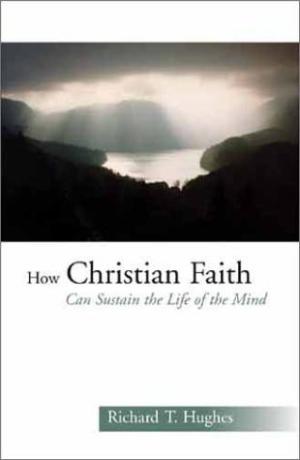
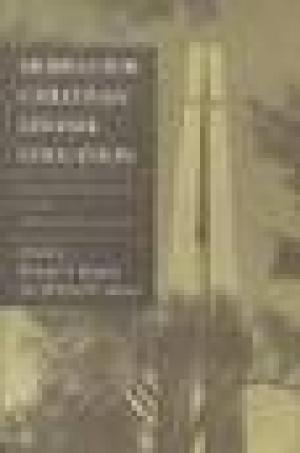
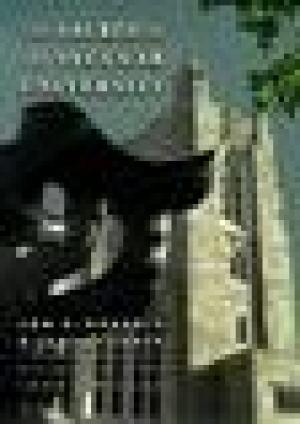
American higher education was transformed between the end of the Civil War and the beginning of World War I. During this period, U.S. colleges underwent fundamental changes--changes that helped to create the modern university we know today. Most significantly, the study of the sciences and the humanities effectively dissolved the Protestant framework of learning by introducing a new secularized curriculum. This secularization has long been recognized as a decisive turning point in the history of American education. Until now, however, there has been remarkably little attention paid to the details of how this transformation came about. Here, at last, Jon Roberts and James Turner identify the forces and explain the events that reformed the college curriculum during this era. The first section of the book examines how the study of science became detached from theological considerations. Previously, one of the primary pursuits of "natural scientists" was to achieve an understanding of the workings of the divine in earthly events. During the late nineteenth century, however, scientists reduced the scope of their inquiries to subjects that could be isolated, measured, and studied objectively. In pursuit of "scientific truth," they were drawn away from the larger "truths" that they had once sought. On a related path, social scientists began to pursue the study of human society more scientifically, attempting to generalize principles of behavior from empirically observed events. The second section describes the revolution that occurred in the humanities, beginning in the mid-nineteenth century, when the study of humanities was largely the study of Greek and Latin. By 1900, however, the humanities were much more broadly construed, including such previously unstudied subjects as literature, philosophy, history, and art history. The "triumph of the humanities" represented a significant change in attitudes about what constituted academic knowledge and, therefore, what should be a part of the college curriculum. The Sacred and the Secular University rewrites the history of higher education in the United States. It will interest all readers who are concerned about American universities and about how the content of a "college education" has changed over the course of the last century. (From the Publisher)
This report provides an evaluation of the research and conversations on religion and higher education that the Lilly Endowment has sponsored. Chief among the report's findings is the emergence of a movement to revitalize religion in higher education that gathered momentum in the 1990s.
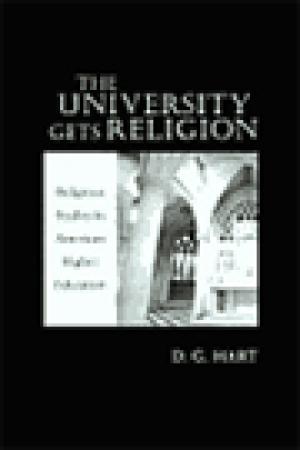
In The University Gets Religion: Religious Studies in American Higher Education, historian D. G. Hart examines the rise of religion to its current place as one of the largest academic disciplines in contemporary higher education. Protestant ministers and faculty were especially influential in arguing for the importance of religion to a truly "liberal" education, staffing departments and designing curricula to reflect their own Protestant assumptions about the value of religion not just for higher education but for American culture in general. Though many educators originally found religion too sectarian and unscientific for colleges and universities, religious studies nevertheless emerged after World War II as a crucial element of a liberal education. But the success of mainstream Protestantism in fostering the academic study of religion has become the field's greatest burden. Over the last twenty-five years, religion scholars have distanced themselves from traditional Protestant orientations while looking for topics better suited to America's cultural diversity. As a result, religion is in the awkward position of being one of the largest scholarly disciplines while simultaneously lacking a solid academic justification. It may be time, Hart argues, for academics to stop trying to secure a religion-friendly university. The first sustained history of the academic study of religion at American universities, The University Gets Religion: Religious Studies in American Higher Education is a timely book that explores the present-day implications of religious studies' Protestant past. (From the Publisher)
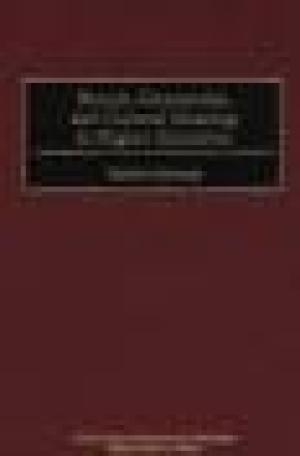
College students and graduates have fond memories of campus events such as commencement, founder's days, convocations, and baccalaureate. These events, defined as rites of passage, secular ceremonies, or cultural performances, create a special feel to a campus remembered for years to come. Borrowing from interpretive anthropology, the author spotlights the following ideas: culture is revealed and forms of life are expressed through the actions and words of community members; human communities are dynamic, complex, and ever-changing environments revealed through analysis of cultural events; and commonplace rituals and ceremonies play a central role in the cultural work of human meaning. The purpose of the book is to explore campus culture as revealed through rituals and ceremonies. (From the Publisher)
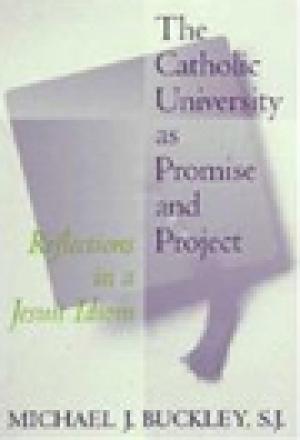
The remarkable development of the Catholic university in the United States has raised questions about its continued identity, its promise, and its academic constituents. Michael J. Buckley, S.J., explores these issues, especially as they have been experienced in the history and contemporary commitments of Jesuit higher education. (From the Publisher)
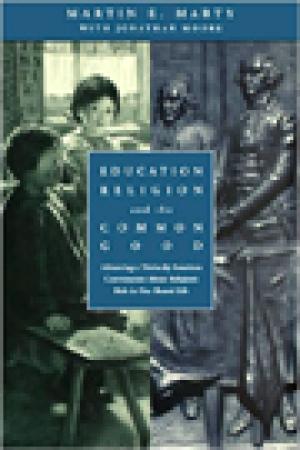
The preeminent authority on religion in America advances an important public dialogue on the proper role of religion in educating and forming the next generation within a pluralist society. (From the Publisher)
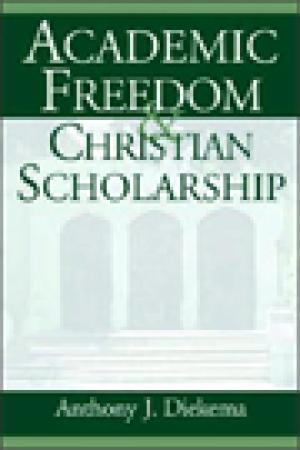
The dawning of the second millennium finds many Christian colleges and universities in a search for identity. Grappling with the often confused and misunderstood topic of academic freedom is essential to defining this identity. This new book by a widely respected practitioner offers the most articulate and informed discussion of academic freedom available. Anthony Diekema, who has spent the past forty years in higher education, provides a practical perspective on the much-maligned topic of academic freedom. The volume offers reflection on the extensive scholarly literature on academic freedom against the backdrop of personal experience. In the course of the book Diekema develops a sound working definition of the concept of academic freedom, assesses the threats it faces, acknowledges the significance of worldview in its implementation, explores the policy implications for its protection and promotion in Christian colleges, and provides some practical advice to those who are called to address the subject of academic freedom in their own institutions. As one might expect from a college president on a subject most often addressed by faculty—and among them usually by those who have been the “target” of actual academic freedom cases—this book is neither a totally sympathetic nor a thoroughly intellectual essay. Hoping to incite as well as to inform, Diekema, an unabashed defender of academic freedom, seeks to prescribe some movement in an academy that has lost its way toward an ethos of freedom. Critical yet constructive and hopeful, this volume is must reading for college administrators, faculty members, boards of trustees, students, and influential constituents of higher education. (From the Publisher)
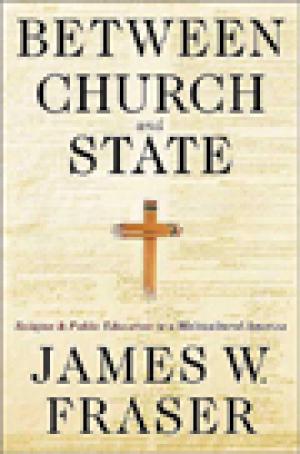
At the end of the twentieth century, the ongoing battle between religion and public education is once again a burning issue in the United States. In this book, James Fraser shows that though these battles have been going on for as long as there have been public schools, there has never been any consensus about the proper relationship between religion and public education. Looking at the most difficult question of how private issues of faith can be reconciled with the very public nature of schooling, James Fraser paints a picture of our multicultural society that takes our relationship with God into account. (From the Publisher)